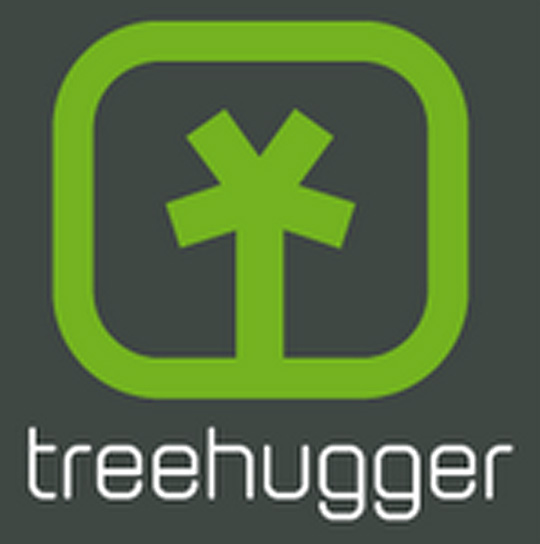Who are the non-readers of America?

*Sadly, it’s Latinos. I’m not sure who or what the “Tree Hugger” publication is – but I’ve known to hug a tree or two in my life and I suppose this is a pro-environment publication. The data, though, comes from Pew. VL
By Katherine Martinko , Tree Hugger (2.5 minute read)
Every year the Pew Research Center surveys Americans to find out who’s reading books, how many they’re reading, and what kind of books they are (digital or print). The latest results show that 73 percent of Americans have read at least one book in the past 12 months, which hasn’t really changed since 2012. From the report: “Americans read an average (mean) of 12 books per year, while the typical (median) American has read 4 books in the last 12 months.”
What this means, though, is that approximately 27 percent of U.S. adults have not read a single book in the past year. As someone who inhales books daily and views them to be as integral to my wellbeing as food, I am deeply intrigued (and slightly horrified) by this fact. Who are these people who never reach for books, who seek other forms of entertainment, who get their news and personal opinions from alternative sources?
Read more stories like this on NewsTaco. >>
These non-readers turn out to be a variety of individuals, not surprisingly; but the most stereotypically unlikely-to-read American looks somewhat like this: an Hispanic (followed by black, then white) male over 50, who never pursued education beyond high school, makes less than $30,000 a year, and lives in a rural setting.
“Adults with a high school degree or less are about three times as likely as college graduates (40% vs. 13%) to report not reading books in any format in the past year.”
The Pew survey has found that Hispanic Americans are twice as likely not to read as white Americans (40% vs. 23%); that older Americans are slightly less likely to read than younger Americans (29% vs. 23%); and that Americans with household incomes less than $30,000 are twice as likely as the most affluent families to be non-readers (33% vs. 17%).
[Photo by M I S C H E L L E/Flicker]

